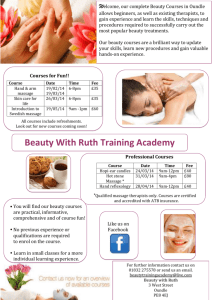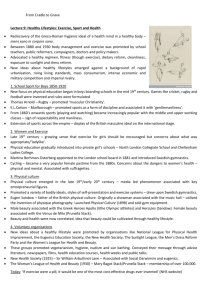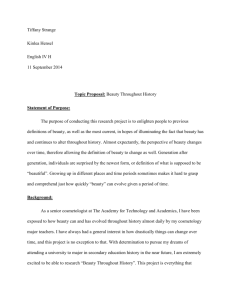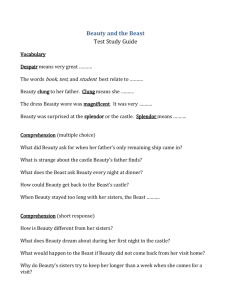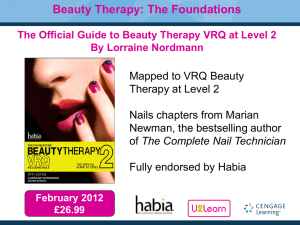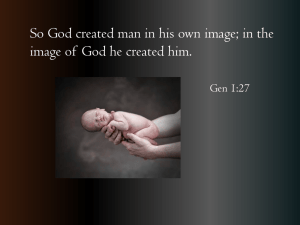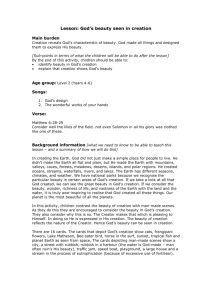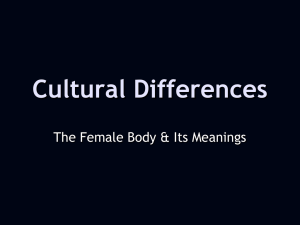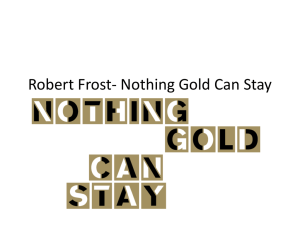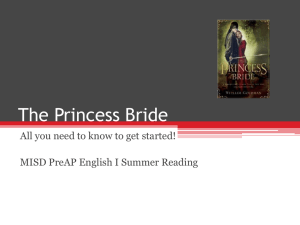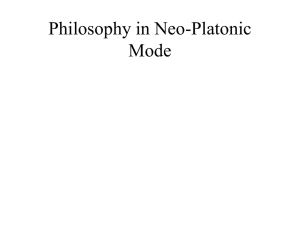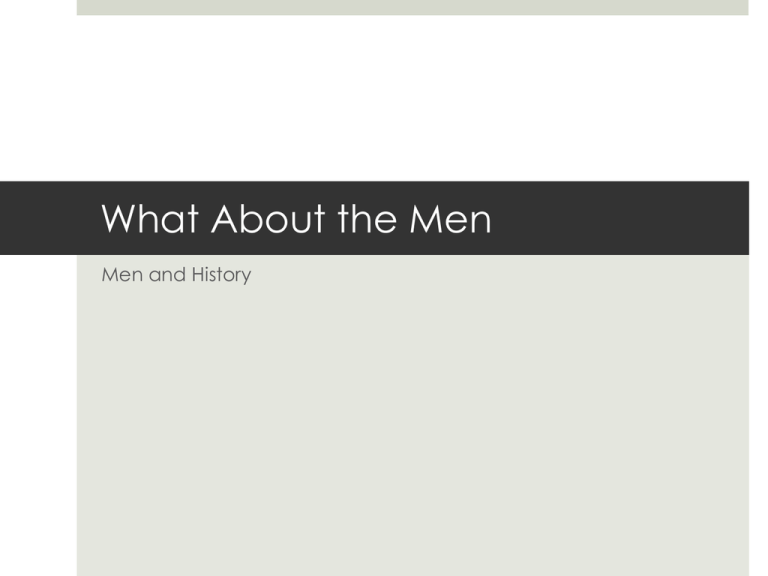
What About the Men
Men and History
Men and History
“Don’t forget the ladies” – Abigail Adams
"Men of sense in all ages abhor those customs which
treat us only as the (servants) of your sex; regard us then
as being placed by Providence under your protection,
and in imitation of the Supreme Being make use of that
power only for our happiness”
Male Beauty
Teachers should pay greater attention to physical
appearance, value placed on male beauty, and the
adornment and manipulation of the male body
On a basic level, physical beauty and appearance is
significant for both men and women; obsessions with
beauty affected men and women equally in the past –
as in the present
Albrecht Durer
The “self-portrait as Ecce Homo” in Munich is arguably
the most developed of all the self-portraits painted by
Dürer. While at first glance the fact of portraying himself
as Jesus Christ could be interpreted as an act of selfidolatry, it should be noticed that the image of the Ecce
Homo is the quintessential representation of pain and
suffering. Humanity as a symbol and essence of the artist
David: Humanistic Marble Sculpture
Expulsion of Adam and Eve (1427)
Expulsion of Adam and Eve
Baldassare Castiglione (1478-1529)
The Book of the Courtier (1528)
Perhaps the most important work on Renaissance education
Specific qualities of a true gentlemen; rejected crude
contemporary habits
Described the ideal of a “Renaissance Man”
Virtú
Louis XIV
Men and History
The study of physical appearance and the personal
experience of beauty and ugliness might help us to
understand how militarism, athleticism, and imperialism
(three areas that historians of masculinity have explored
in great detail) influenced standards of attractiveness
and personal gender expression
Frederick the Great
Men and War
Race and Beauty
Eugenics have touched on some of these themes in
recent studies, new histories of the eugenics movement
will, in the future, need to pay much closer attention to
aesthetics and beauty
Mongolian
Race and Imperialism
Champs-Elysées
Modern History/Metrosexual
David Beckham
Style and dress
Sex appeal for men
Modern History/Metrosexual
European History Exam
Approximately half of the multiple-choice questions
cover the period from 1450 to the French Revolution and
Napoleonic era, and half cover the period from the
French Revolution and Napoleonic era to the present,
evenly divided between the nineteenth and twentieth
centuries. About one-third of the questions focus on
cultural and intellectual themes, one-third on political
and diplomatic themes, and one-third on social and
economic themes. Many questions draw on knowledge
of more than one chronological period or theme
FRQ
Analyze the ways in which the rise of the middle class
affected family structure and gender roles in Europe in
the 1800s.
Analyze various ways in which ideology shaped the
foreign policy of Nazi Germany in the period 1933
through 1945.
Analyze various factors that contributed to the process of
decolonization in the period 1914 to1975.
FRQ
Analyze how industrialization and imperialism contributed
to the development of consumer culture in the period
1850–1914.
How did Europeans perceive the role of organized sports
in Europe during the period from 1860 to 1940?
Analyze the economic and social challenges faced by
Western Europe in the period from 1945 to 1989.




